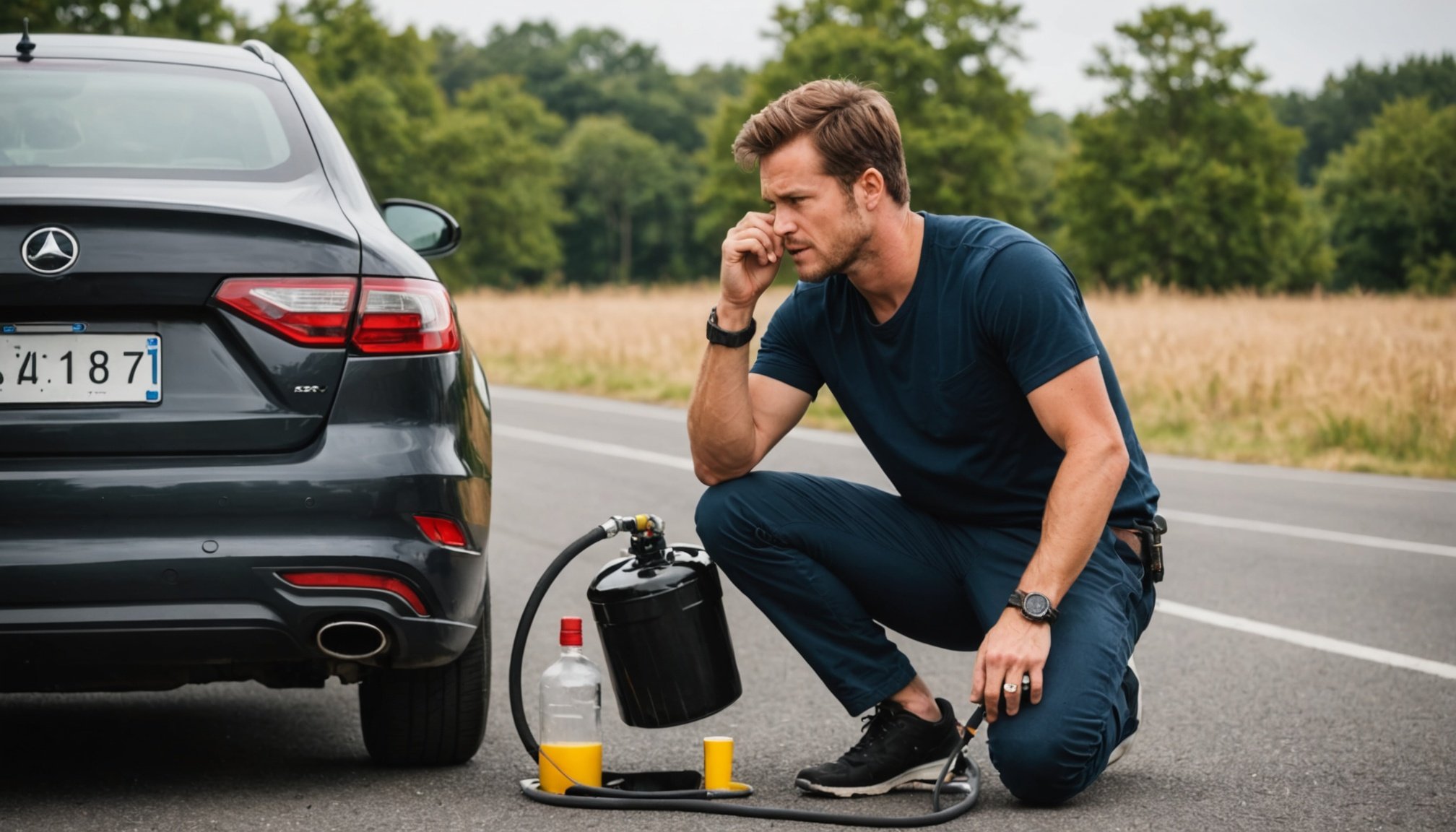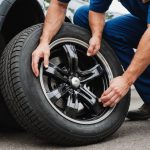Running out of fuel while driving can be a stressful experience for many vehicle owners. Whether you’re commuting to work or embarking on a road trip, the last thing you want is to find yourself stranded on the side of the road due to an empty tank. In this article, we will guide you through the necessary steps and precautions to take if you ever encounter this situation. From understanding the potential damage to your engine to knowing how to get back on the road safely, this information will prepare you for handling a fuel-related emergency. Let’s explore the best practices and insights into what should be done when you find yourself running on fumes.
Recognizing the Signs of Low Fuel
Before you run out of fuel, it’s crucial to recognize the signs that you’re running low. Most modern vehicles come equipped with a fuel gauge, but drivers often overlook this essential feature. You may notice your gauge hovering near the empty mark, or the warning light on your dashboard illuminating. If you see these indicators, it’s time to think about refueling.
Also to see : How can you effectively choose between leasing or buying a car in the UK?
Another sign is a change in your vehicle’s performance. If your engine begins to sputter or you experience a loss of power, these issues might suggest that you’re about to run out of gas. Ignoring these signals can lead to more severe problems like damaging your engine or fuel system.
Driving with low fuel can have adverse effects on your vehicle. For instance, running out of gas can introduce sediment and debris from the bottom of the fuel tank into your engine, leading to potential clogs in the fuel filter or injectors. Additionally, when a vehicle operates on an empty tank, the fuel pump can overheat, which may require costly repairs or replacements. Understanding these signs and the consequences of ignoring them can help you prevent unnecessary damage and ensure your vehicle remains in optimal condition.
Also read : What should you keep in your car emergency kit for unexpected situations?
What to Do When You Run Out of Fuel
If you find yourself in the unfortunate circumstance of running out of fuel, the first step is to pull over safely. Use your turn signal and look for a safe place to stop. Once you have come to a stop, turn on your hazard lights. This alerts other drivers that you are experiencing an issue and need assistance.
Next, assess your options. If you are near a gas station, and it’s a manageable distance, you may choose to walk there and purchase fuel. However, if the station is too far or you are unsure of how to safely get there, it might be prudent to call for assistance. Many roadside assistance companies offer fuel delivery services, allowing you to get just enough gas to reach the nearest fuel station.
While waiting for help, it’s essential to remain in your vehicle if you are on a busy road. This is for your safety and the safety of others. If you must exit your vehicle, be cautious of your surroundings and ensure that you are visible to oncoming traffic. Additionally, avoid attempting to repair or troubleshoot issues related to your engine or fuel system while on the roadside, as this could lead to further complications.
Preventing Future Fuel Emergencies
To reduce the risk of running out of fuel in the future, develop a habit of keeping your tank at least a quarter full. This habit not only helps prevent unexpected stops but also reduces the chances of sediment entering your engine from the bottom of the tank.
You should also familiarize yourself with the locations of fuel stations on your regular routes. If you’re planning a road trip, map out the stations along your path. This preparation can alleviate concerns about finding gas when needed, especially in remote areas where stations may be sparse.
Furthermore, consider using apps designed to locate fuel stations nearby. These tools can provide real-time information on prices, availability, and even the type of fuel offered, whether it be regular, premium, or diesel. Knowing which fuel is best for your vehicle can also help maintain your engine efficiency and longevity.
In addition to these proactive measures, carry a fuel canister in your trunk. This can serve as a backup in case you do find yourself low on fuel. Ensure that the canister is properly sealed and safe to use, and remember to check on it periodically to make sure it is not rusted or damaged.
Understanding the Risks and Damages of Running Out of Fuel
Running out of fuel is not merely an inconvenience; it can also lead to significant issues for your vehicle. One of the most concerning risks is the potential damage to your engine. When your vehicle runs on an empty tank, the fuel pump may begin to draw in air instead of liquid fuel. This situation can cause the pump to overheat, resulting in damage that may require costly repairs.
Additionally, debris and sediment that settle at the bottom of the tank can be drawn into the engine as well. This contamination can clog the fuel filter, injectors, and other critical components, leading to a rough ride and possibly extensive repairs. It’s wise to remember that maintenance of your fuel system is crucial for the longevity of your vehicle.
Moreover, there are also insurance implications to consider. If you run out of fuel and your vehicle becomes disabled on a busy road, you may risk accidents or collisions, which could affect your insurance premiums. Being stranded can also lead to increased liability if someone else is injured or their property is damaged due to your situation. To protect yourself, ensure that your auto insurance policy covers roadside assistance and other related services, allowing you to handle emergencies more effectively.
In conclusion, understanding what to do if you accidentally run out of fuel while driving is essential for any vehicle owner. By recognizing the signs of low fuel, knowing the steps to take when you find yourself stranded, and implementing preventative measures, you can safeguard against future incidents. Remember to keep your tank filled and stay aware of your surroundings.
The risks associated with running out of fuel go beyond mere inconvenience; they can lead to costly damage to your engine and complications with your auto insurance. By taking proactive steps and remaining informed, you can ensure that your driving experience remains safe and enjoyable. Don’t let running low on gas derail your plans—stay prepared, stay safe, and keep your vehicle running smoothly.











